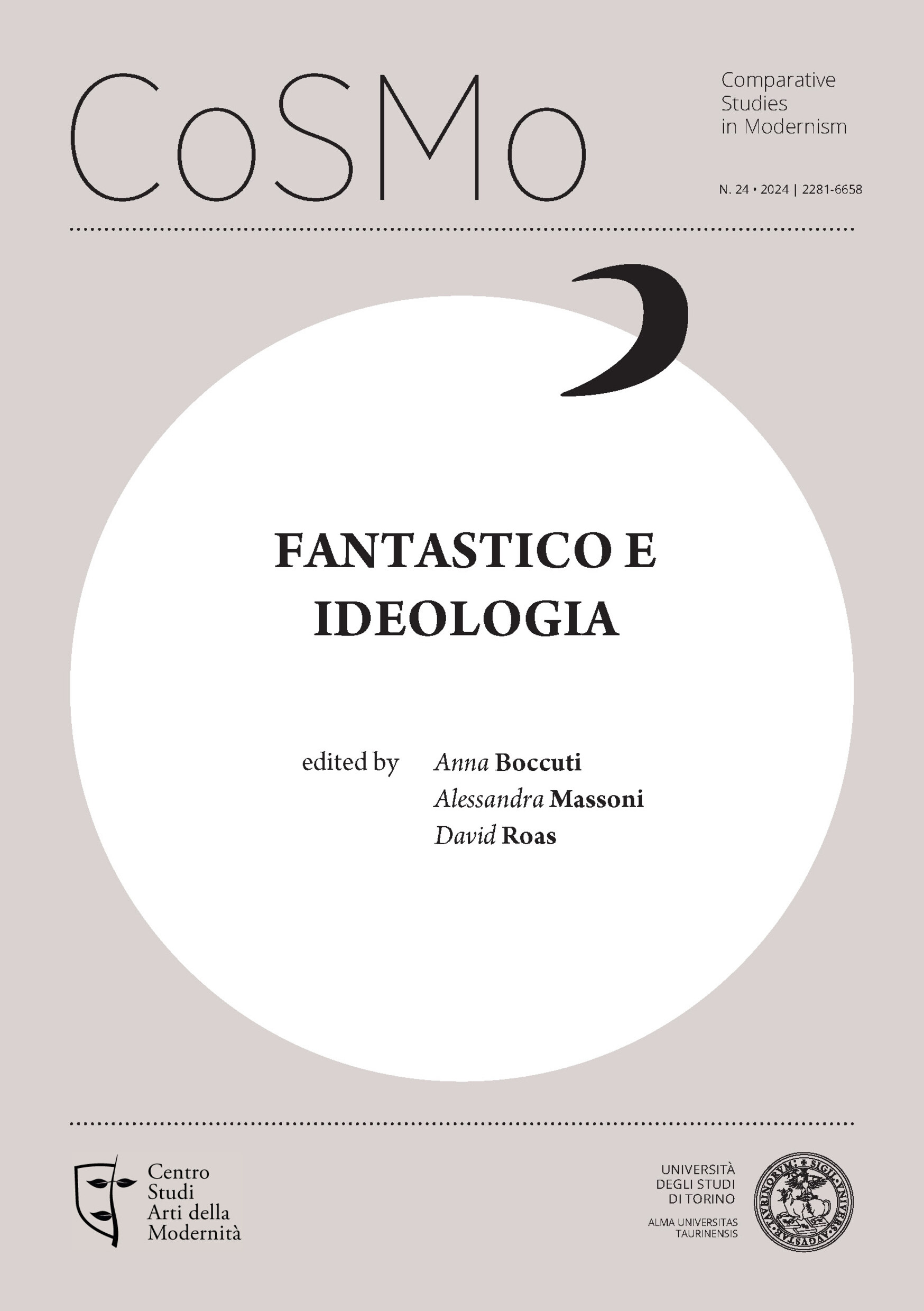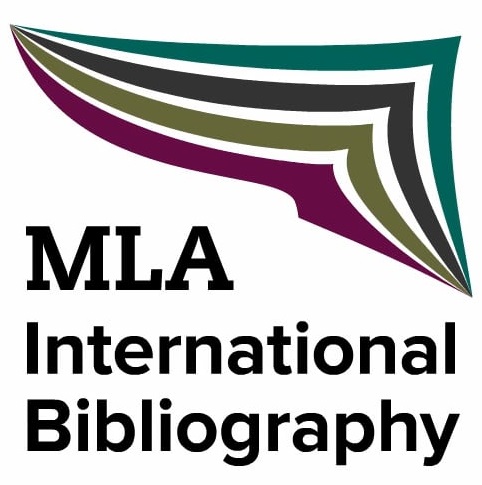Screening Devices and Metavisual Frontiers
“Frost”, by Šarūnas Bartas
DOI:
https://doi.org/10.13135/2281-6658/10700Keywords:
Šarūnas Bartas, Film Studies, Media Studies, Visual Culture Studies, ScreenologyAbstract
By considering one of the latest works by the contemporary Lithuanian filmmaker Šarūnas Bartas, this paper aims to show why Frost (2017) can be considered an ideal example for research on screenology. More specifically, the article focuses on the way screens, as comprehensive and pervasive visual apparatuses, affect not just Frost’s visuality but also its own narrative, proposing how screens (be they human faces, rear-view mirrors, YouTube windows, smartphone lenses, found footage or archive pictures) are both visual and metavisual elements in Frost’s storytelling. The here renamed “directional”, “anthropomorphic”, “convergent”, and “environmental” screens are pointed towards the Ukrainian outpost while turning themselves into border and frontier aesthetic devices that set an ongoing visual trespassing in space and time. Ultimately, the variety of theoretical contributions and the extensive and multi-perspective approaches help to reveal the inevitable denseness of the screen contemporary notion.
Downloads
Downloads
Published
Issue
Section
License
Authors keep the copyrights for their work and give the journal the work’s first publication copyright, which is at the same time licensed under a Creative Commons License – Attribution, which in turn allows other parties to share the work with an acknowledgement of the work's authorship and initial publication in this journal.
Content Licence

You are free to copy, distribute and transmit the work, and to adapt the work. You must attribute the work in the manner specified by the author or licensor (but not in any way that suggests that they endorse you or your use of the work).
Metadata licence

CoSMo published articles metadata are dedicated to the public domain by waiving all publisher's rights to the work worldwide under copyright law, including all related and neighboring rights, to the extent allowed by law.
You can copy, modify, distribute and perform the work, even for commercial purposes, all without asking permission.





